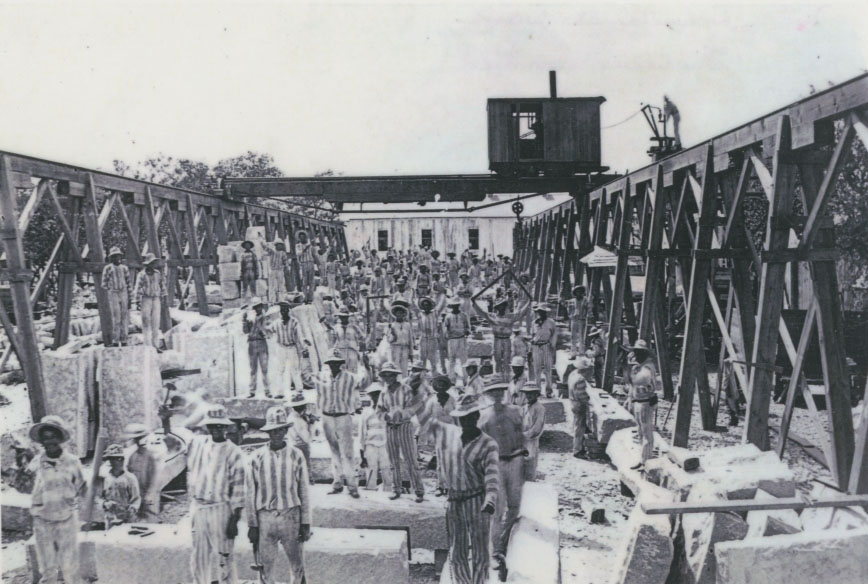In early 2018, the remains of 95 people were found in Sugar Land, Texas, as construction was underway on a new technical center in the Fort Bend Independent School District. The bodies—aged from 14 to 70, male except for one, and accompanied by chains and bricks—were buried in unmarked graves between 1878 and 1911. All of them were African American, and all of them were victims of the brutal practice of convict leasing.
This Jim Crow–era system of abuse arose not in spite of the 13th amendment but because of it. While the law seems to ban slavery, it explicitly allows it in one instance: “as a punishment for crime whereof the party shall have been duly convicted.” Then as now, African Americans were disproportionately sent to prison for the smallest crimes or were falsely accused and then forced into brutal labor, ensuring that slavery was just restructured rather than abolished. As a result, the aptly named Imperial Sugar Company in the Houston suburb of Sugar Land profited from an unjust and inhumane practice that archaeological discoveries such as this are helping bring to the forefront of conversations about America’s violent history.
Hanna Kim (MDes ’19) recalled this story in late 2018 while working on her final research project for the Culture, Conservation, and Design course at the Harvard Graduate School of Design. The assignment was to choose any place, look at its current identity, and analyze how it had changed from the past. Her paper delved into the collective amnesia surrounding the “Sugar Land 95” and the city’s legacy of abuse—from the massacre of the Karankawa peoples in 1823 upon Stephen F. Austin’s acquisition of the county from Mexico to the establishment of the sugar plantations—and proposed alternative methods of acknowledging the past in the present.
How do you know where archaeology ends or where the last body is buried? It’s hard to delineate because profit and power were consequences of this brutal practice for a lot of people, so if you’re mapping, you can trace to the ends of the world what these bodies were used to do.
on the potential for design to “uproot questions and start conversations.”
Kim’s research was the beginning of a much larger project. During the following winter break, she discovered the Soros Equality Fellowship program, which focuses on supporting midcareer individuals working in the field of racial justice. Kim reached out to Reginald Moore, the community activist at the center of her work on Sugar Land and convict leasing, because she believed he was an ideal candidate for the $100,000 grant. Speaking with Kim for the first time on January 1, Moore agreed but thought they should apply together. The two were selected as 2019 fellows and Kim has since moved to Houston.
Here, Kim discusses recent developments regarding the reinterment of the remains, the ways in which design can be both a positive and negative force for historical memory, and what she and Moore hope to accomplish with their Soros Equality Fellowship.
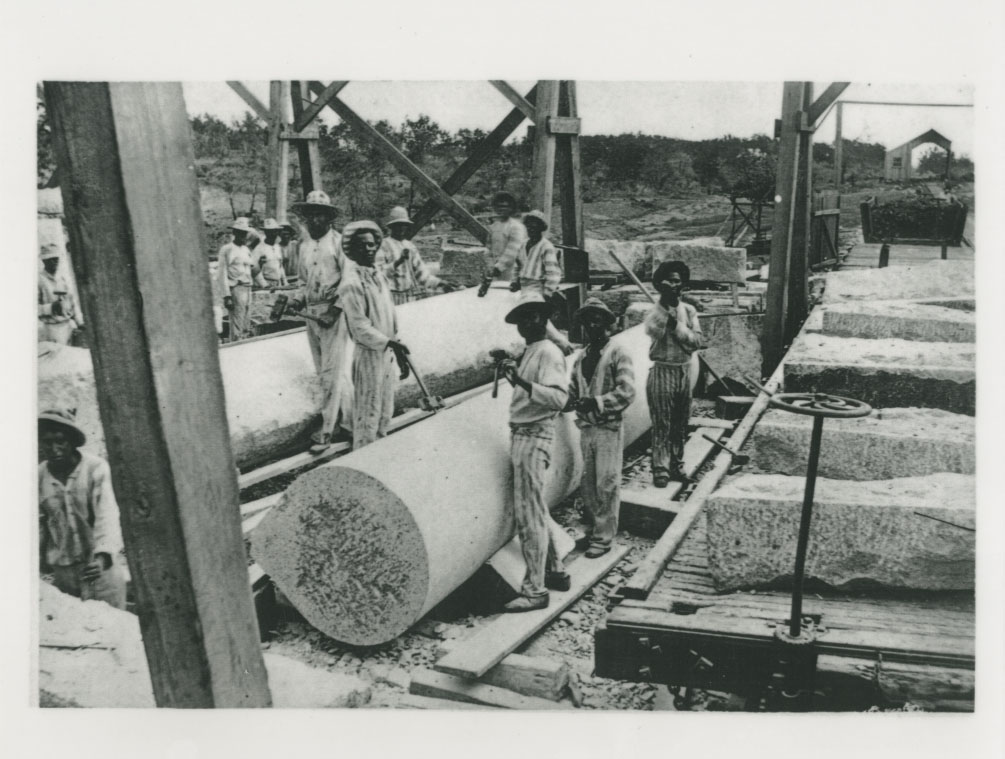
What are the most recent developments regarding the Sugar Land 95?
There’s a messy, long history between the school board and the county, which you could consider as the community voice. In July, the school board decided to give $1 million and the 10 acres on which the bodies were found to the county, and with it control of reinterment and memorialization. But last month, the board said they would take back that promise and reinter the bodies themselves. The atmosphere at the meeting was tense. People were imploring them to reconsider, but they decided otherwise.
Why do you consider it critical that the remains become part of a larger public dialogue?
Memorials and monuments are important parts of our civic life and show what we choose to remember. Take the National Memorial for Peace and Justice in Montgomery, Alabama. Families go there to find some form of closure, and I believe something similar can happen in Sugar Land. Considering the efforts around the country to memorialize victims of racial terror in general, this is an opportunity to bring to light the issue of convict leasing as the missing link between slavery and mass incarceration.
What is problematic with restricting the conversation to this single site where these bodies were found?
The whole city was essentially a huge convict farm, and one could argue that [the evidence of convict leasing is] not just where the bodies were found but also where the school was built and any lot around that huge area. How do you know where archaeology ends or where the last body is buried? It’s hard to delineate because profit and power were consequences of this brutal practice for a lot of people, so if you’re mapping, you can trace to the ends of the world what these bodies were used to do. Design, as limited as it is, should make these endless connections from this one place to the greater world—who convict leasing benefited, who the convicts’ descendants are, where they came from. It can uproot these questions and start conversations.
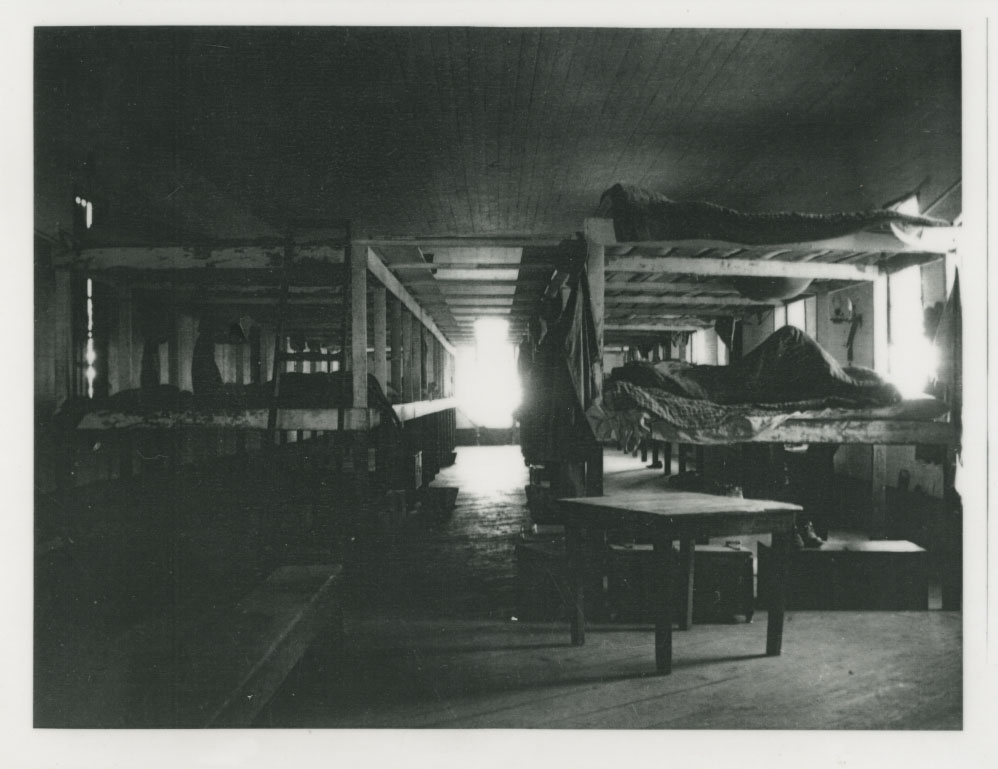
Can design also conceal histories?
When convict leasing was widely practiced, Sugar Land earned the name “the Hellhole on the Brazos.” After a federal investigation and public shaming, the court abolished the system in 1909 and gave the city five years to close it. The city hurried to terminate the leases by 1912. What happened then was the complete reshaping of the city into a company town. Imperial Sugar Company built 400 company houses with key services by 1917; in 1918, the first school opened here; in 1923, Sugar Land became one of the best planned cities in Texas. Designers and architects really tried to turn the story around and change the city’s identity in just 11 years.
Do you feel it’s necessary not to become too isolated and insulated, whether as a designer or as a community member generally?
Completely. I believe that before a designer can be considered an activist, the activists were activists. What I mean by that is, before I ever became interested in Sugar Land as an academic inquiry at Harvard, people lived through real pain, violence, and anguish for generations. These experiences should be honored first and foremost. And I realize the irony that I learned this at a top university. Regardless, it’s one’s choice to act and test out the critical lessons learned from school or just be comfortable where you are. It’s so easy to stay isolated and it can even be harmful when the stories of real people stay as mere “subjects of interest.” Breaking that seal and becoming proximate to the people and the site has completely shifted my relationship to what I know.
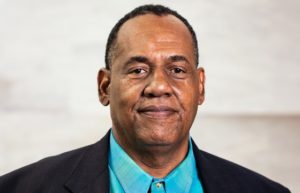
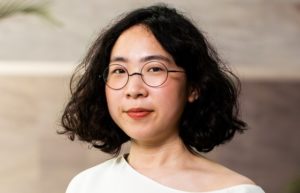
What are your and Reginald Moore’s goals for the Soros Equality Fellowship?
We will publish a book that will talk about the history of Sugar Land and convict leasing, the national narrative that slavery evolved into convict leasing and then mass incarceration, and also Moore’s advocacy and life story, because I think it’s really important to highlight how an individual can start a movement. Then I’ll move on to publishing a database of convict leasing camps around the country, inspired by the Lynching in America map by the Equal Justice Initiative. So many similar stories exist but are rarely talked about in relation to everything else. They become “the crazy Texas story” and one-offs that don’t show the magnitude of [the issue]. The map will show these connections.
